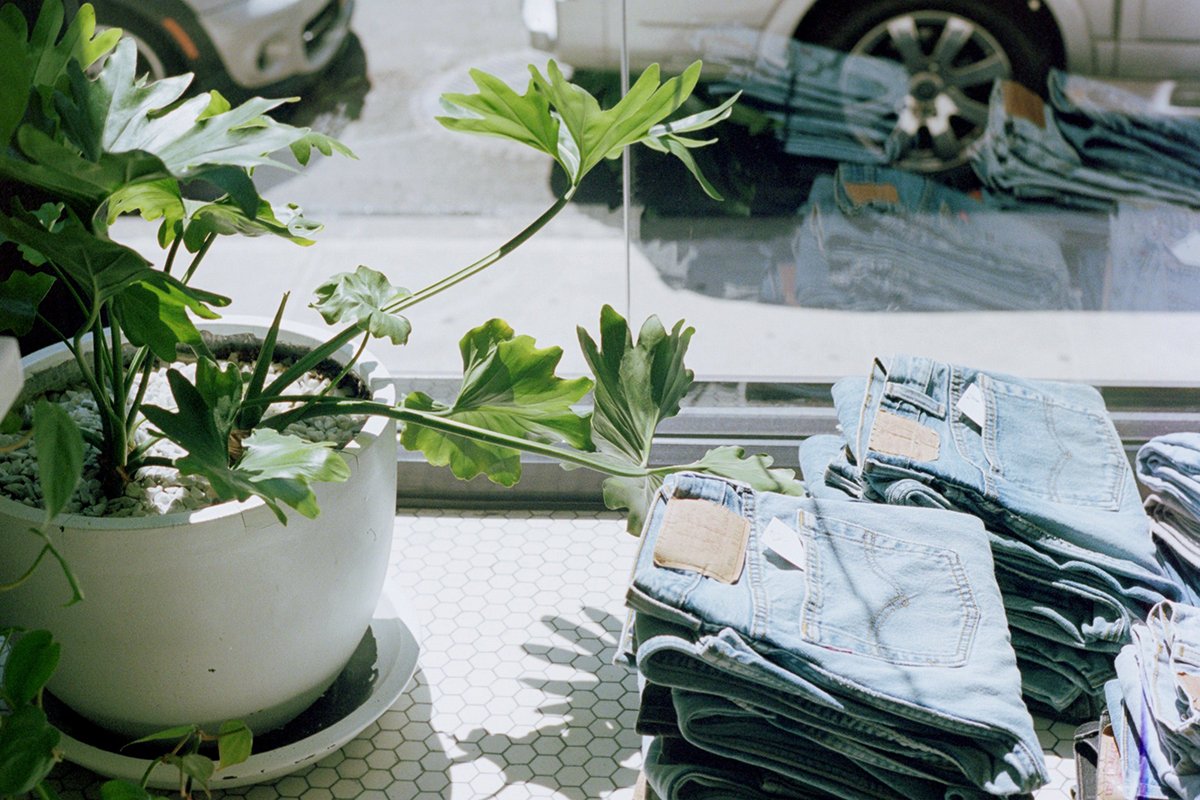
A retail strategy is the process you use to develop your products or services and sell them to customers. There are multiple elements to this plan, including location, store, merchandise/assortment, visual merchandising, staff, service, mass media and communications, and price.
Retailers that stand out in at least two of these categories can have success in their markets as it gives them a strong advantage over their competition. So for your retail store to stand out and success, you need to develop and support a strong retail strategy. One way to do that is with in-store marketing.
Retail success and in-store marketing go hand-in-hand, as so many marketing decisions reflect the retailer’s brand. Let’s explore a few of the factors listed above and see how you can improve your retail strategy using strategic in-store marketing.
For Store Layout and Upkeep
If you haven’t updated your store layout, design, or presentation since you opened, then it may be time for a refresh. If customers don’t feel comfortable in your store, they will leave. However, with the right design and marketing elements, you can make people stick around and encourage them to come back.
As you develop your store retail strategy, there are a few ways you can make a strong first impression as people walk into your business:
- Use color psychology to convey your store items and brand values. For example, blue conveys professionalism and calm while red and orange excite shoppers.
- Catch the eye of passersby. Set up a fun and unique window display that makes people stop and remember your brand.
- Consider how your customers walk through your store. Build clear pathways and have a set process for how people will explore your products.
- Invest in plants and other greenery to add personality and accentuate your brand.
- Always look open — you don’t want to lose customers because they can’t tell if your lights are on.
You can see how these steps help both your retail strategy and in-store marketing plan. The value of your items increases because of your store presentation, while your store upgrades market your value to anyone who sees them.
For Visual Merchandising
How you present your merchandise is an essential part of both your retail strategy and in-store marketing plan. No one wants to look through a store where the merchandise looks forgotten, stale, or beat up. Your customers want fresh items that are high in demand, they want items that catch their eyes and draw them in.
One of the best examples of strategic merchandise placement on the market is Lush. When you walk through the mall, you can smell Lush products from a few stores down. You can see the bath bombs, creams, and shower gels as you walk by. The store uses bright colors of products that contrast against black backgrounds, so all you see are tall, brightly colored pyramids of products calling out to you.
The staff members at Lush also play a role in the merchandising and marketing of the products. They are often seen demonstrating these products and letting customers try samples, creating a sense of excitement and curiosity about what is on sale. As a result, many people are willing to treat themselves to see what the fuss is all about, purely because the products were marketed in an appealing way.
For Staff and Service
The number of staff members helping your customers and the quality of care they offer can significantly impact your strategy and retail marketing efforts. Something simple like having the right number of staff members can make a significant difference in your store sales.
Studies have found that having the right number of staff members on the floor can increase sales by 10% over brands that cut back on staff to save money. This proves the cost of staffing outweighs the sales benefits.
“Retailers need to move past the inclination to minimize cost by understaffing stores because it has a big impact on profitability,” Rogelio Oliva of the Massachusetts Institute of Technology Sloan School of Management says.
Staff members are integral for answering questions and addressing concerns. They can also talk up your products and services. If customers can’t find the products they want, they give up and leave empty-handed. If they aren’t sure if a product has the right features, they put it back on the shelf.
Training your staff members to offer quality customer service and to look for customers in need of help can boost your sales. This makes staffing and training essential parts of your brand strategy.
For Communication and Media
Communication is the cornerstone of retail strategy and in-store marketing. Through communication, you can introduce customers to your brand and provide quality customer service while giving them the tools to make strategic buying decisions.
There are multiple ways you can improve communication within your store or business. Follow this rough checklist to consider how your customers see your store:
- Make in-store digital signage more visible, including information on sales, products, and directions to restrooms, customer service, and changing areas.
- Invest in overhead music and messaging. This can match your brand and help you convey important information to customers.
- Set up stations where customers can learn more. These might be tablets or touchscreen kiosks where customers can access information online. You can also offer free WiFi so shoppers can look up information on their own.
- Encourage customers to sign up to your digital communication channels, including your email newsletters, text blasts, and social media channels.
Each retailers customer base is different, and it is important to factor these various nuances into your retail strategy. After all, if every buyer was the same, there would be no need for multiple stores that appeal to various audiences. Keep your customers needs in mind as you develop your communication plans.
Find Out How In-Store Marketing Can Help Your Retail Strategy
No one person or brand can master all eight elements to create a perfect retail strategy. However, with the right support system, you can generate creative ideas and work to improve your store processes.
Start by increasing your knowledge about in-store marketing and customer experiences.
Learn more about how to provide exceptional and helpful experiences for your customers by downloading our ebook The Ultimate Guide to In-Store Marketing. The guide will walk you through dozens of tips and tactics that can improve your store and support a stronger retail strategy within your business.
